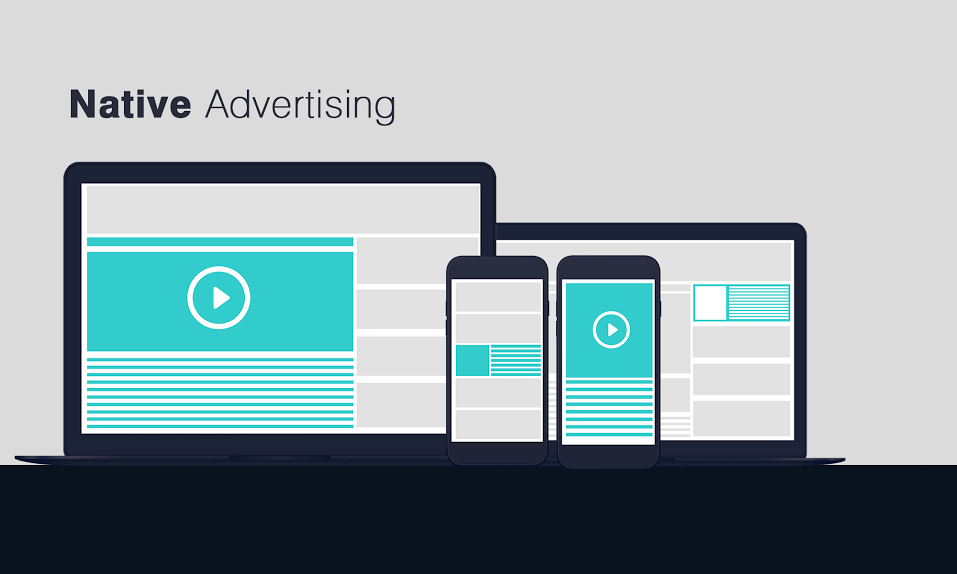Over the last few years, we can all agree that the way people have promoted things has changed with the
It is interesting that native advertising has increased in use over the last few years, potentially because of the fact that web users are seemingly becoming more blind to traditional adverts. Native advertising gets over this by looking, near enough, exactly the same in its structure to normal content, albiet the small ‘Sponsored’ that is required to differentiate that it is in fact native advertising.
But, is it worth turnning your revenue stream away from the reliable likes of PPC and banner advertising, for a website, and turning to native advertising? To help answer this question, here are the main pros and cons to native advertising.
Pros to Native Advertising
- Can target even the most ‘ad blind’ web users. As already mentioned, because native adverts take on the same structure as the content on the website, it is extremely difficult for web users to not read and engage with native adverts, making it have a much higher exposure level as opposed to more traditional forms of advertising.
- Less expensive. Native adverts are a relatively low cost form of advertising as opposed to the tradional forms of advertising. For this reason, small businesses can take advantage of it.
- More content is better for a website? The fact that native adverts run on a website automatically mean that there is more contextual content on the website. Yes, some of this content is going to be native. However, from having more ‘useful’ information at the disposal of the web user cannot be a negative attribute to a website.
Cons to Native Advertising
- Trust between the web user and website decreases. Through introducing native adverts, even the most ad blind web users will know the content they are reading will be native, from having some form of ‘Sponsored’ text near the top of the content. From knowing there is native advertising on the website, the bond and trust between the web user and the website will decrease, since they will not know for sure how much content is actually ‘legit’ content as opposed to ‘native’ content when glancing at articles quickly, like many people do.
- Website statistics suffer. Building on the above point, a lack of trust also means the website will suffer, since people do not like to read sponsored content when they know it is sponsored content. This is because part of the web user will feel ‘this article is only showing because the article wants to promote something to me, not that the article actually has anything interesting or useful to say’. For this reason, more people could click away.
- Native adverts are becoming ‘notorious’. We have all experienced poor forms of native adverts, where the headlines are misleading such as ‘5 Celebrity Exposred Secrets That Will Shock You’ and upon clicking on it, they are decieivng and have poor content. With this, unfortunately those that want to use native advertising correctly suffer from this predjuism, just like those that use PPC can sometimes suffer from bad examples such as pop up adverts and more.



